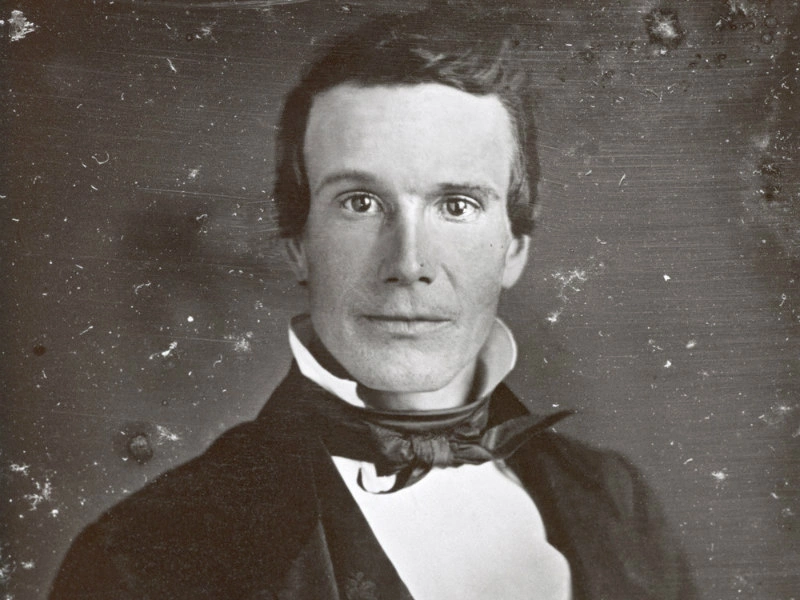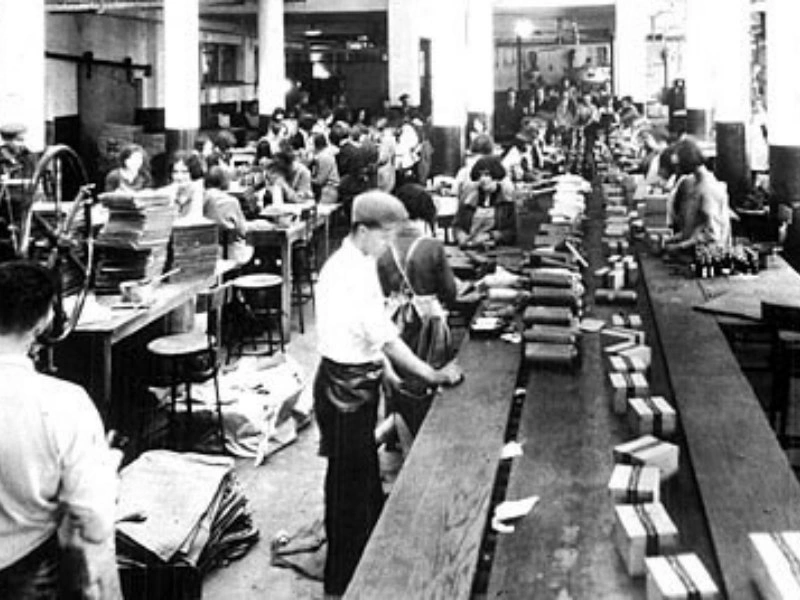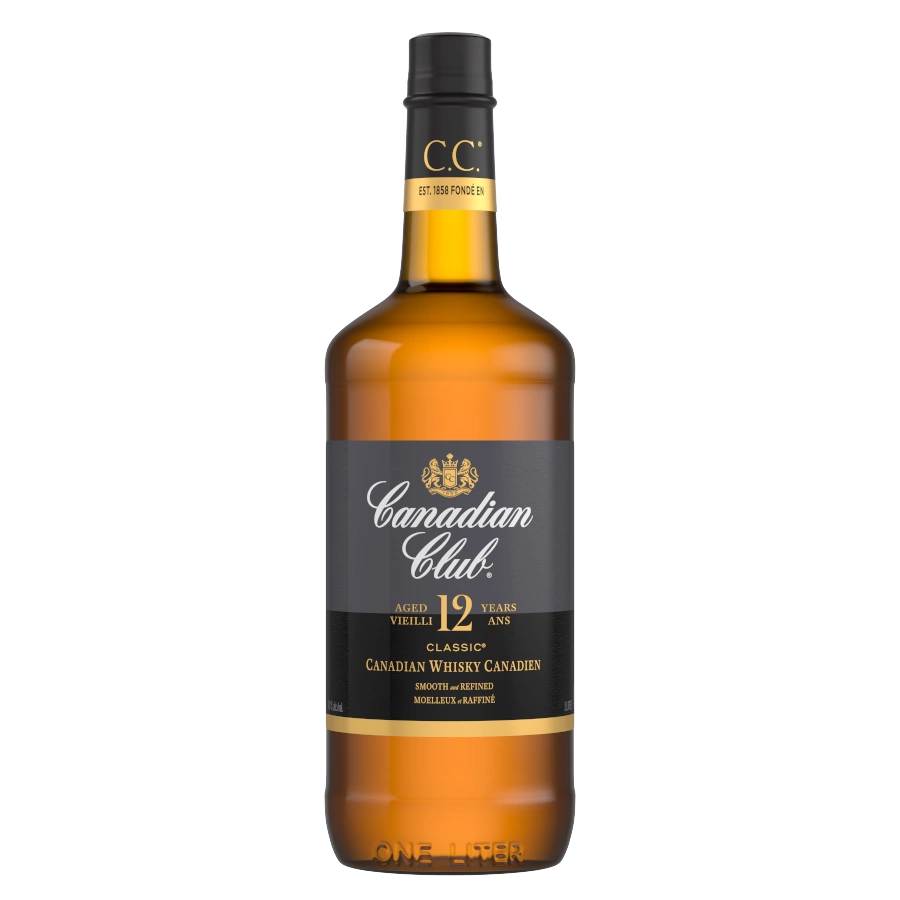
History of Canadian Club

EARLY DAYS
Founded in 1858 by Hiram Walker in Walkerville, Ontario. In those days, if you wanted whisky you took your own jug or bottle and filled it up from a generic bottle on the shelf. Walker didn’t care much for that idea, and ensured every barrel and bottle had his name on it so consumers knew exactly who’s whisky they were drinking.
CLUB WHISKY
Canadians soon took a liking to the whisky, and many gentlemen’s clubs stocked up on it. It didn’t take too long before it became commonly referred to as “Club Whisky”. The whisky was so well received, it started to gather a following in America. Forcing the U. S government to require all Canadian distillers to put the country of origin on the bottle - and as such, “Canadian Club® Whisky” was born.


GANGSTERS, BOOTLEGGERS AND THE REAL MCCOY
On January 16, 1920, the Eighteenth Amendment to the United States Constitution took effect, prohibiting the production, transport and sale of alcohol in the United States. Most Canadian provinces went dry at the same time. The Liquor Control Act in Ontario forbade public or hotel drinking, but did not prohibit the manufacture and export of liquor. For border cities like Windsor, Ontario, this loophole would set the course for a wild decade never seen before or since. Prohibition led to the rise of bootleggers and gangsters like Al Capone. Soon, the waterways between the United States and Canada became a smuggler’s paradise, carrying 75% of the liquor supplied to the U.S. during Prohibition. Before long, Canadian Club® became the #1 smuggled whisky in the U.S. They say imitation is the highest form of flattery, but during Prohibition, knockoff distillers, using names similar to Canadian Club®, tried to peddle low-grade alcohols to the unsuspecting. Canadian Club® distributors helped protect the brand by urging patrons to request Canadian Club®® by name at the bar so they were sure to get the real thing.
Canadian Club® Production




